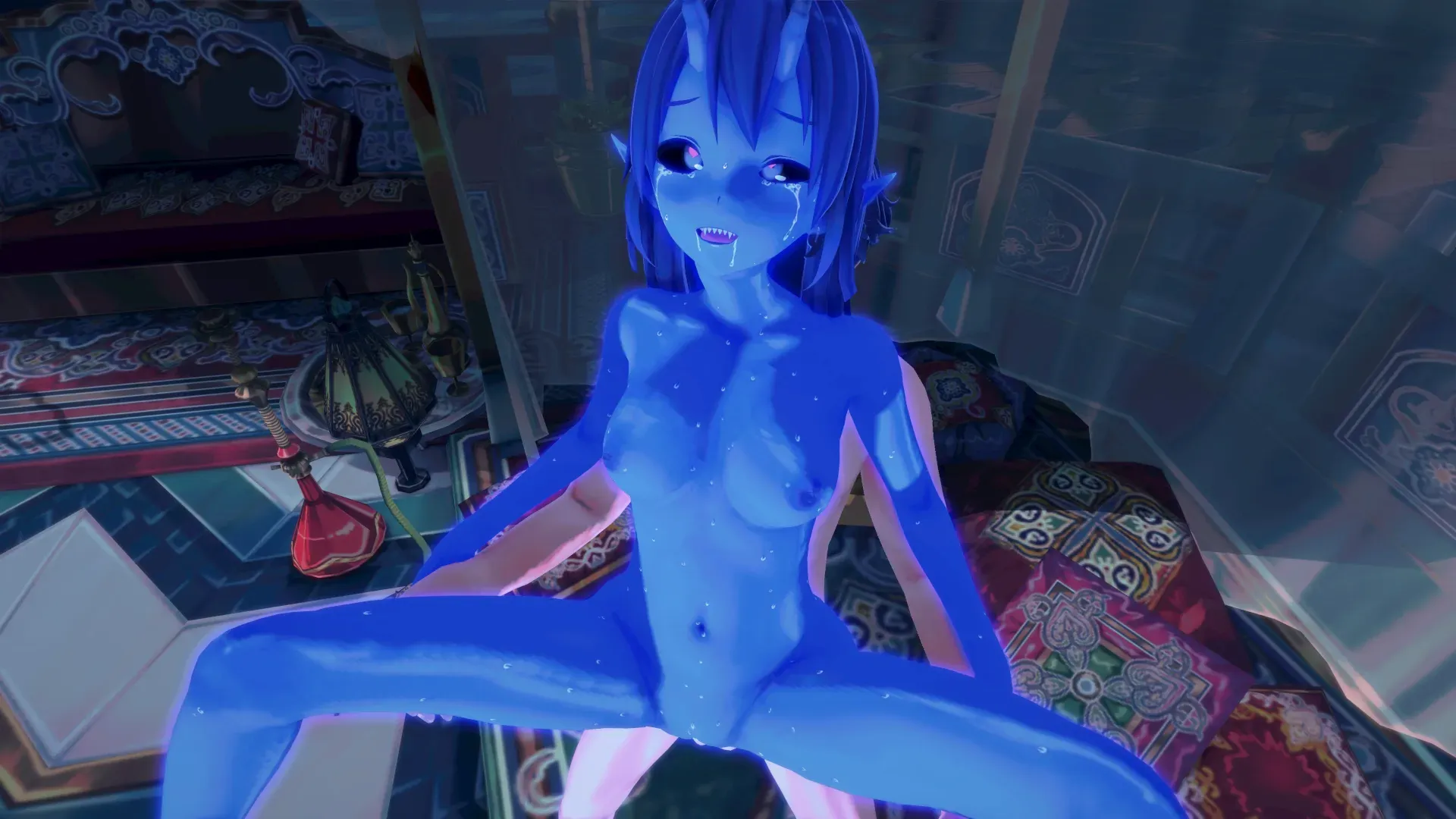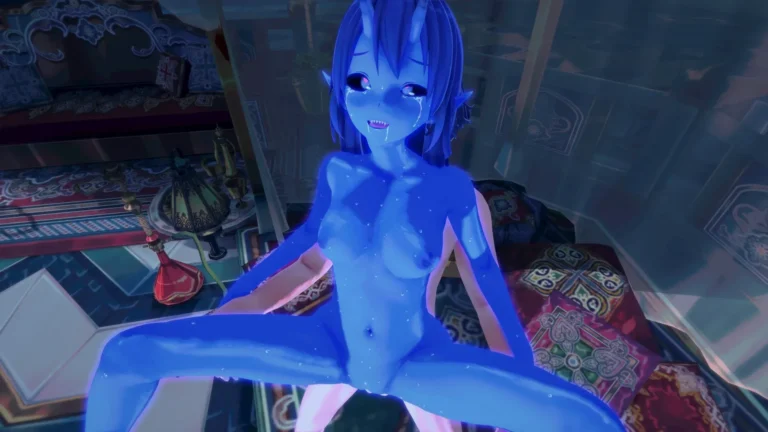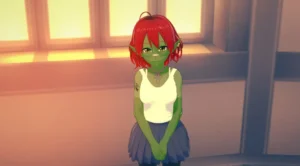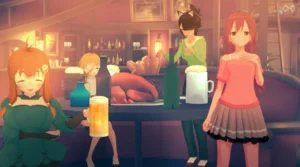
Tales of Unity
Play Tales of Unity
Tales of Unity review
A Deep Dive into the Story and Themes
In the world of interactive storytelling, ‘Tales of Unity’ stands out for its unique blend of narrative depth and character-driven interactions. This game, developed by Stronkboi, is set in a post-war scenario where humanity has been enslaved for decades. The story seamlessly integrates mature themes, making it a compelling experience for players seeking more than just surface-level entertainment. Let’s delve into what makes ‘Tales of Unity’ so captivating.
The Story and Setting
When I first booted up “Tales of Unity,” I wasn’t prepared for the emotional gut-punch of its world. 🎮 This isn’t your typical fantasy adventure; it’s a raw, unflinching look at life after the dust has settled. The Tales of Unity story immediately pulls you into a landscape defined by its post-war setting, where the real conflict isn’t against monsters, but against the scars left on humanity and the land itself. 😔 It’s a world where rebuilding is just as difficult as fighting, and this foundation is what makes the entire experience so profoundly impactful.
The Post-War World: A Glimpse into Humanity’s Struggle
The genius of the post-war setting in this game is how it becomes a character in itself. 🙌 You don’t just see the destruction; you feel it in the quiet despair of the NPCs, the makeshift nature of the towns, and the ever-present tension between different factions vying for control over the ruins. I remember spending an hour just talking to a blacksmith who was melting down swords into ploughshares—a simple act that spoke volumes about the world’s desperate turn towards peace.
This isn’t a backdrop of glorious ruins; it’s a living, breathing testament to survival. Resources are scarce, trust is a luxury, and every decision you make is weighed against the collective trauma of the recent past. This careful world-building is a cornerstone of the player experience, making your choices feel heavy with consequence. The Tales of Unity story uses this environment to pose difficult questions: What does it mean to win a war? And what is the true cost of peace?
| Pre-War Society (Recalled) | Post-War Reality (Experienced) |
|---|---|
| Structured governments and order | Fragmented settlements and lawlessness |
| Abundance of resources and magic | Scarcity and a reliance on salvage |
| Clear national identities | Blurred lines and forced cooperation |
Character Development: The Heart of the Story
If the world is the stage, then the characters are the unforgettable actors who bring the Tales of Unity story to life. 💖 The character development here is some of the most nuanced I’ve ever encountered. These aren’t static heroes; they are broken, complex people trying to find their footing. You witness their flaws, their fears, and their slow, often painful, growth.
Take Elara, a former soldier you meet early on. 🛡️ Initially, she’s defined by her military discipline and a deep-seated prejudice against the other side. Through your interactions and the game’s brilliant interactive storytelling, you can challenge her views. I chose dialogue options that presented the other faction’s perspective, and over time, I watched her armor—both literal and emotional—begin to crack. Her character development from a rigid soldier to a more empathetic leader felt earned and deeply personal. This is a perfect example of how a character’s growth directly impacts the narrative, opening up new story branches and altering your relationships with other characters.
Pro Tip: Don’t rush through dialogues. The most significant character development often happens in quiet, optional conversations that reveal a character’s past and motivations.
How Mature Themes Are Integrated
“Tales of Unity” stands out because it isn’t afraid to get its hands dirty with mature themes in games. 😶 This isn’t maturity for shock value; it’s woven into the very fabric of the narrative. The game tackles issues like collective guilt, the psychological trauma of combat, and the moral ambiguity of survival.
I was particularly struck by a quest line dealing with a war criminal trying to reintegrate into society. The game doesn’t offer easy answers. It presents you with the facts—the atrocities he committed and his genuine, albeit flawed, attempts at redemption—and forces you to make a judgment. This kind of interactive storytelling elevates the player experience from mere observation to active participation in difficult ethical dilemmas. The visual novel elements, with their focus on dialogue and choice, are the perfect vehicle for this, making your decisions feel intimate and immediate.
The inclusion of these mature themes in games ensures that the Tales of Unity story resonates on a deeper level. It respects your intelligence and creates a player experience that lingers long after you’ve put the controller down, prompting reflection on real-world parallels and the complex nature of healing. ✨ Ultimately, the game masterfully proves that a story about rebuilding can be just as compelling as one about destruction.
In conclusion, ‘Tales of Unity’ offers a rich narrative experience that combines engaging storytelling with interactive elements. By exploring its post-war setting and character-driven plot, players can immerse themselves in a world that challenges and rewards them. Whether you’re interested in the story, characters, or gameplay mechanics, ‘Tales of Unity’ has something to offer.








